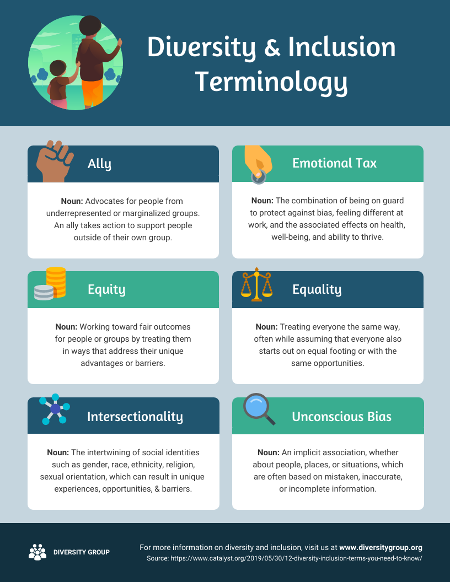Keeping employees engaged in training is no easy task. This is especially true when asked to design remote employee training, where WFH distractions are almost unavoidable.
You can host day-long virtual meetings and give them PDFs to go through, but how much of that information will they actually retain? Chances are, hardly anything. That’s because this mode of training is not engaging enough. Employees start treating it as a check-the-box exercise, resulting in a waste of company time and money.
Microlearning can help you address those challenges.
This method involves delivering short and focused training content at regular intervals. It aims to train employees in short bursts, which retains their attention, guarantees more engagement, and increases learning ROI. The fact that microlearning makes the transfer of learning 17% more efficient and creates a 50% increase in engagement proves that microlearning is here to stay.
Let’s look at how you can create effective microlearning content for your remote employees in five simple steps.
Step 1: Determine the Learning Objective
Look at microlearning content as building blocks. While each block has its purpose, they all collectively point towards one single objective. Similarly, every microlearning content piece needs to be created with the training’s learning objective in mind.
Think about what you want your remote employees to achieve from the program. To help that thought process, consider using Bloom’s Taxonomy — a practical method of creating effective learning objectives that establishes six learning goals:
- Remember | Recall facts and basic concepts
- Understand | Explain ideas or concepts
- Apply | Apply knowledge in new situations
- Analyze | Compare ideas and draw connections
- Evaluate | Form opinions and justify decisions
- Create | Propose new thought processes and ideas
You can implement this while planning your employee training program in which each level delivers a specific learning outcome.
In short, start with knowing where you want to go and then work backward.
Step 2: Plan the Training Material
Now that you know what you want to achieve, the next step is to plan and organize your training content. In other words, so they meet the learning objectives, think about what information you need to provide to employees.
To start, create a course outline that details out the information you plan to include while ensuring it flows in a logical manner. Next, speak to subject matter experts and gather all the information you need to train your employees.
Step 3: Break Content into Smaller Chunks
At this stage, you’re sitting on truckloads of data, research, and information.
What’s important now is breaking down that information into action-based, smaller chunks. Not only does this prevent information overload, but it also helps learners consume information at their own pace and retain it for longer periods.
Make sure each of the bite-sized content pieces has a single takeaway focused on one learning objective. After all, you can always share links to additional articles and research for those who want to know more about any one concept.
Elearning Industry has a useful tip for creating microlearning content. It states, “Avoid throwing a whole novel at them. Ideally, each module should stick to around five to seven minutes, so being precise in what you want your employees to know is important.”
Step 4: Choose Your Formats Wisely
Microlearning is not only about creating bite-sized content, it’s also about diversifying your content delivery formats.
Review every granular piece of content and assess the most appropriate content format for delivery. For instance, if you want to explain a process, a process infographic might be the best choice. On the other hand, explainer videos might be a better choice for explaining a concept.
Here are the different types of microlearning formats you can include:
The idea is to use a mix of interesting formats that help you deliver the bite-sized training content in the best possible manner that retains your employees’ attention and keeps them engaged. For instance, here’s an example of an infographic that explains the different diversity and inclusion terms. As you’ll see, this learning format succinctly presents the essential information.

Source: Venngage
Step 5: Create Context
The end goal of training programs is to get employees to implement what they learn in their day-to-day work. To achieve that and help employees transfer their learnings, it’s essential to create context in the content you create.
Employees need to know why the training material is relevant to them and how they can apply it in their work. Doing this also piques learner interest, helps them derive meaning from the training, and boosts performance.
You can create context by including the following tactics:
- Create branching scenarios
- Provide real-life examples
- Use role-playing scenarios
- Provide case studies
Incorporate Microlearning in Your Remote Employee Training
Declining attention spans is one of the biggest challenges learning and development professionals face.
The good news is that incorporating microlearning in remote employee training will help you overcome that and create a meaningful training experience that engages — and truly enriches — employees.
Post Views: 1,363